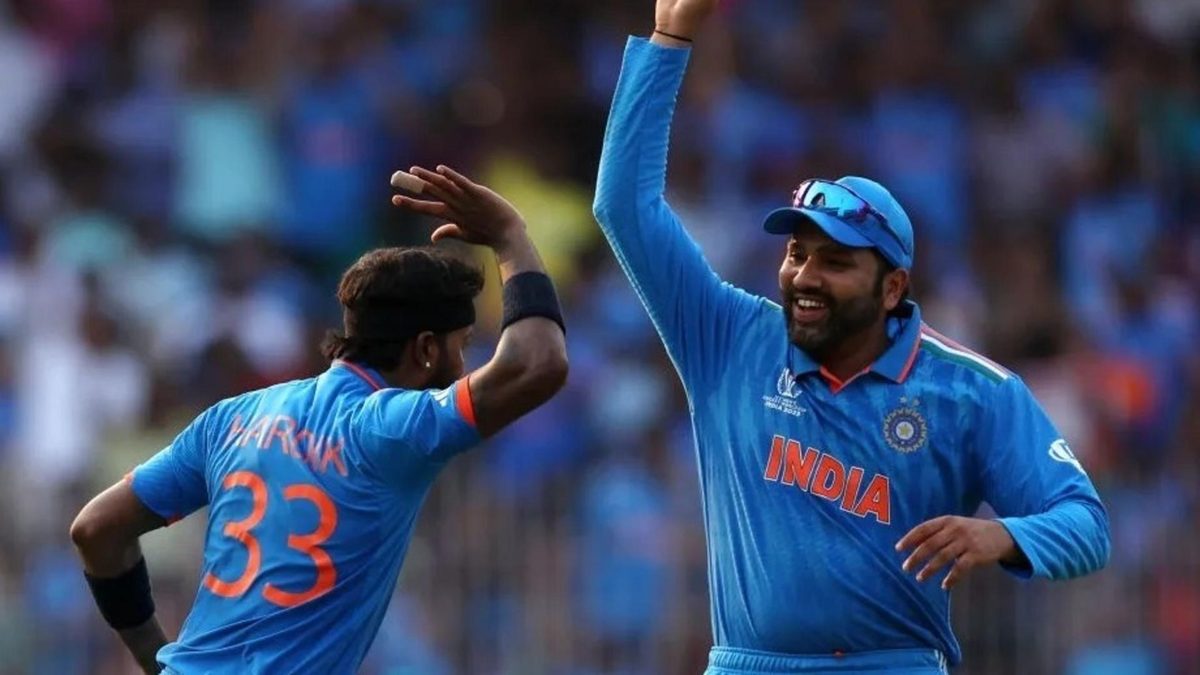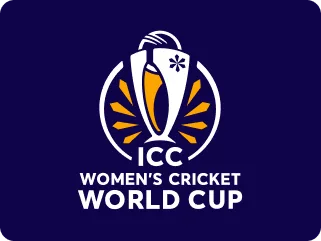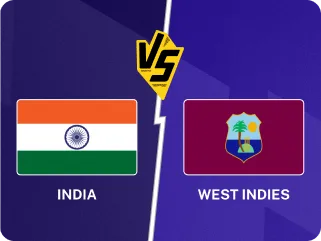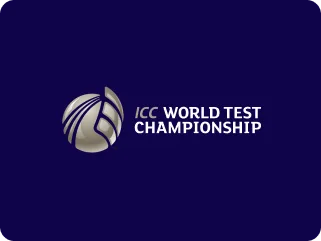
There may be debates around the actual extent of the impact a captain has in cricket, but those debates are usually restricted to the elite. Among the masses, the captain is the be-all and end-all.
Whether by design or by pure chance or a combination of both, Indian cricket has been fortunate to have talismanic leaders who have not only been able to withstand the heat, but have also significantly changed the course of the game in the country in the 21st century. Sourav Ganguly ushering in a new era after the fixing scandals of 2000, MS Dhoni winning three ICC trophies, Virat Kohli converting his gladiatorial passion about Test cricket into results, or Rohit Sharma ending India's haunting trophy drought bear testimony to the fact that the most stable, strong Indian captains have brought about the most successful periods in Indian cricket.
The times, though, are changing.
Following the T20 World Cup victory, Rohit has retired from the format. While he has been confirmed to lead India in the 2025 Champions Trophy and the 2025 World Test Championship final, he will be 38 by April 2025. He says that we'll see him "playing for a while", but no one knows how long that will be.
Unlike the last few captaincy transitions, there's no clear candidate ready to take over across formats this time, which makes the next couple of seasons crictical for the long-term health of the Indian team. A well-executed succession plan is necessary ensure a smooth handover, but with the sheer number of variables at play and options to choose from, narrowing down on a plan, let alone executing one, is going to be a massive challenge for the BCCI.
Is there any all-format captaincy option available?
India's reluctance to have format-specific captains is well-known. The only instances of the men’s team resorting to that was in the period between 2007/08 and 2008/09 (when Anil Kumble, having retired from ODIs, was appointed Test captain) and between 2014/15 and 2016/17 (when Dhoni continued to lead in ODIs and T20Is after his Test retirement). Now, with the onboarding of a new head coach who believes that "if you are good, you should be playing all the three formats", it is only natural that they'll look to identify and groom the next all-format captain to takeover from Rohit. But does such a candidate exist?
Hardik Pandya has not been in Test plans for a considerable period. Rishabh Pant has not been highly successful in limited-overs cricket for India so far, and will currently find it difficult to break into the first ODI XI. KL Rahul has led India, but has been dropped from Tests and T20Is. Shreyas Iyer, under whom the Delhi Capitals turned their fortune around five years ago and the Kolkata Knight Riders won the IPL this year, is rarely a part of India's T20I XIs these days, even in second-string sides, and is, like Rahul, prone to injuries. Ruturaj Gaikwad led India in the Asian Games, but is yet to play Test cricket or establish himself in any limited-overs format. And Axar Patel's place in the Test and ODI XIs depends on conditions.
That leaves two players who are close to being certainties in the first-choice playing XIs of all three formats currently: Jasprit Bumrah and Shubman Gill.
Since the start of 2023, India have played 88 matches across formats, of which Bumrah has appeared in only 33. There is no question about his astute cricketing brain that has played an almost equal role in his ascent to the world's best fast bowler as his skills. At the same time, you can never rule out an injury with a fast bowler like Bumrah. Even if he weren't to ever get injured again, his workload will need to be carefully managed, leading him to almost certainly miss more matches than he plays. While Test captaincy may be a remote possibility – he is the current vice-captain – all-format captaincy will almost certainly be not.
At this moment, thus, Gill looks like the only possible long-term candidate to be the face of Indian cricket across formats in the future. The BCCI appointing him captain for the recently concluded Zimbabwe tour indicates that they might have started the process of easing him into the leadership group, but his T20I performances so far have left a lot to be desired. With a bunch of modern-age T20 batters coming up, and India starting to adapt to the demands of the format, Gill may find it difficult to hold on to a place in the XI. Even in Test cricket, he has only just managed to stablise his spot at No.3. To add to that, not much from his first few captaincy stints, be it at the IPL or at the international level, has screamed that he is a born leader.
Seven months after denying his role in replacing Virat Kohli with Rohit Sharma as Indian captain, Sourav Ganguly recalled his influence over the same affair.
— Wisden (@WisdenCricket) July 14, 2024
Read here🔽 https://t.co/UFPnRTEOQx pic.twitter.com/cchdsro4d8
Is split captaincy inevitable?
As things stand, India's Test and ODI captain has retired from T20Is. Pandya, who led India the most in T20Is among the current crop and had led whenever Rohit was unavailable, is almost certain to be the next full-time captain in the immediate future, but he doesn't play Test cricket.
That makes split captaincy a foregone conclusion, at least until Rohit is around. But even after he's gone, it's hard to imagine a single player leading India across formats.
The three formats have already diverged so much that mastering the skill sets required to be close to the best at each of them has become next to impossible, even for the most gifted of talents. And by the time Rohit hangs up his boots, the divergence will only increase. Dhoni said in 2017 while relinquishing white-ball captaincy that split captaincy doesn't work in India. At that point, he was right. But now, India don't have a choice.
Assuming Pandya is earmarked as the long-term T20I captain and Rohit's successor in ODIs, India’s main problems will be to identify backups for Pandya (who, again, is a player not expected to play every bilateral series) in T20Is and ODIs, and for Rohit in Tests.
That process might include some trial and error, with several players getting opportunities to lead India in the next couple of years. It won't be new. Since the start of 2022, as many as ten players have led India – though may of these appointments were forced due to unavailability of players. The safety-net of Rohit being the first-choice captain was always there. The appointments now, though, will be by design. Performance as leaders will now be judged. It will lead to increased competition within the team. Not always of the good kind. Egos will have to be managed more carefully. Demands from skippers of different formats for managing workloads of players will have to be met.
In effect, the long-standing majority government paradigm of the Indian cricket ecosystem where almost all of the power resided in hands of one party (the all-format captain) will give way to that of coalition governments, where several parties across the board will have a say in policy-making, not too dissimilar to what transpired at the 2024 Indian general elections.
Now coalition governments might be historically notorious for their instability, something Indian cricket has not been accustomed to lately as far as leadership is concerned. But there have also been documented periods in India's political history when coalition governments have driven historic levels of growth. BCCI, which has forever been intricately entangled with Indian politics, would be hoping that the new era they are stepping into, is one of them.
Follow Wisden for all cricket updates, including live scores, match stats, quizzes and more. Stay up to date with the latest cricket news, player updates, team standings, match highlights, video analysis and live match odds.








